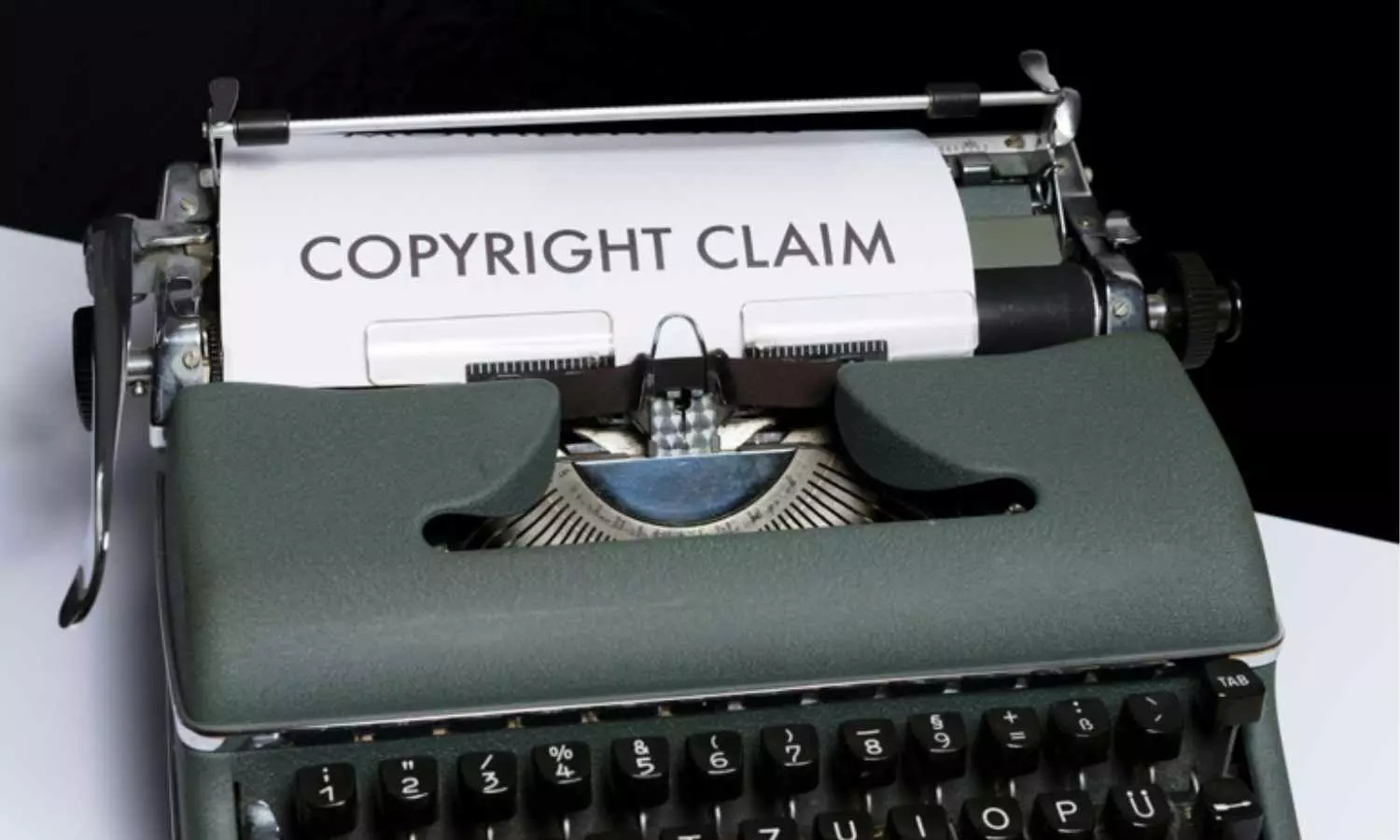Plagiarism Detection in 2025: Trends, Tools, and Technologies
Explore the latest trends, advanced tools, and emerging technologies in plagiarism detection for 2025. Stay ahead with cutting-edge solutions to ensure originality and academic integrity.
Plagiarism Detection in 2025: Trends, Tools, and Technologies

Plagiarism detection is getting smarter, faster, and more precise as we move into 2025. With the rise of AI, machine learning, and other advanced technologies, the way we catch plagiarism is changing. Modern plagiarism detection tools can recognize more subtle forms of cheating, like paraphrasing and content manipulation. Let’s see what the latest developments are in the field of plagiarism detection and how they transform the way we tackle academic integrity.
Plagiarism Detection Trends 2025
In 2025, plagiarism detection is not just about spotting direct copies of text. New trends are emerging that go beyond simple word-for-word watching. One of the biggest trends is to use machine learning plagiarism detection tools to catch more sophisticated types of plagiarism, such as paraphrased content or subtly altered text that can evade a traditional plagiarism check and pass as the original. AI-powered tools can now analyze the meaning behind words, not just the words themselves. This way, it’s possible to detect reworded and rearranged content.
Another trend is the rise of academic integrity tools, which more and more educational institutions are now integrating into their workflow. These tools help users understand the importance of proper citation and referencing, as well as contribute to a broader culture of honesty in academic work.
Plagiarism Detection Software: Advancements and Applications
The tools of 2025 are no longer basic scanners that only check for simple copy-pasting. Modern plagiarism checkers are incredibly sophisticated and offer detailed reports that show exactly where similarities lie, how much of the content is copied, and even which sources were used. One huge improvement is the ability of these tools to handle a wide range of content types. Today’s checkers can detect copied images, videos, and even code. Among the most exciting advancements are AI plagiarism checkers. They use algorithms to detect copied and paraphrased text. Moreover, they can recognize subtle shifts in sentence structure and even pick up on reworded phrases that would have flown under the radar in the past. It makes plagiarism detection more accurate.
AI Content Detection Tools: A Game-Changer for Plagiarism Detection
Such tools use natural language processing and deep learning to compare massive amounts of content across the web, journals, and databases. They can identify plagiarism that is disguised through paraphrasing, rewording, or content manipulation. The best thing about these tools is that they can understand context and meaning. It allows them to detect more sophisticated forms of plagiarism that traditional tools would miss. For example, if someone rephrases a sentence but keeps the same meaning, an AI tool can still spot the connection. Apart from that, AI-powered tools can scan thousands of papers or articles in a matter of seconds.
How to Humanize AI
As AI continues to influence the world of content creation, there’s a growing need for humanisation. While AI tools can produce impressive content, there’s always something off with it because it often sounds robotic.
Want to know how to humanize AI content? Well, plagiarism detection tools can help us with that because they are looking for signs that the content has been modified or adjusted to sound more natural and human-like. This could involve adjusting tone, sentence structure, or even adding a personal touch. The idea is to determine parts of the text that sound robotic and either ask AI to humanize it or edit it on your own so it feels like it was written by a person. Besides, text humanisation helps to make sure that the text is unique and doesn’t trigger any red flags.
The Significance of Plagiarism Detection in Academic Writing
With the amount of research being published these days, it’s more important than ever to have systems in place that can quickly check for copied content. Plagiarism detection tools for academic papers are designed to scan scholarly works, such as journal articles, theses, and dissertations, for any signs of plagiarism. These tools are particularly handy in academic settings because they’re specifically tailored to detect plagiarism in more specialized and technical content. They can cross-check academic papers with extensive databases of journals, books, and other scholarly materials, ensuring that research is both original and properly cited.
Many of these tools also help with citation management, offering suggestions for proper citation formats or flagging inconsistencies. This extra layer of support helps students and researchers maintain academic integrity and avoid unintentional plagiarism.
Wrapping It Up: The Future of Plagiarism Detection
Plagiarism detection tools are becoming more sophisticated thanks to the advances in AI, machine learning, and other cutting-edge technologies. From AI-powered tools that detect paraphrased content to humanization techniques that make AI-generated content more authentic, the future of plagiarism detection is looking brighter than ever. The trend for AI-powered tools won’t go anywhere. Moreover, such tools will be integrated into the workflow to simplify the plagiarism detection process. The goal is to make these tools as flawless as possible.
The key takeaway is that plagiarism detection is no longer just about spotting copied text. It’s about ensuring originality, promoting academic integrity, and adapting to the constantly changing digital landscape. With these advanced tools and technologies, we can look forward to more ethical, transparent, and fair content creation across all industries. Whether you are a student, a researcher, or a content creator, the tools available in 2025 are set to help you stay on track and keep your work original.

